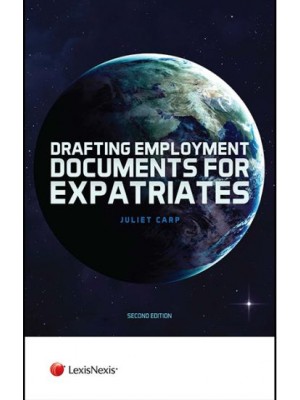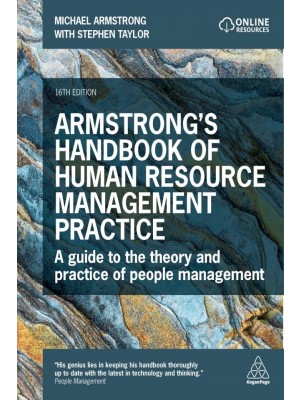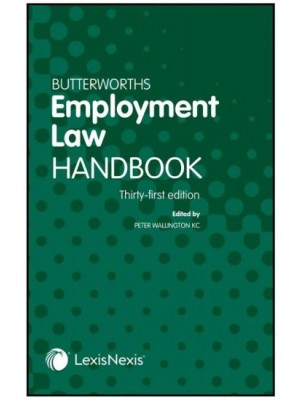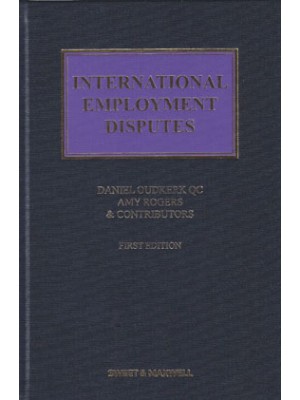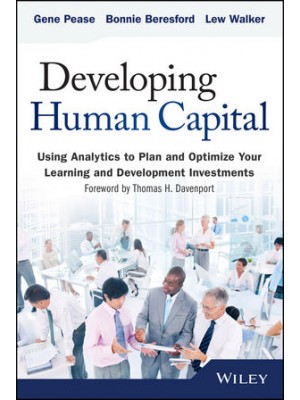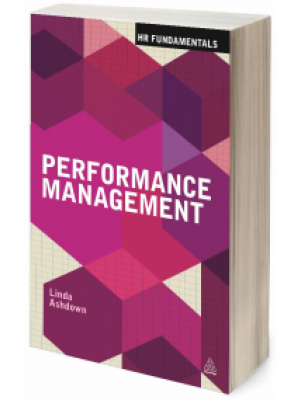Introduction by Con Keating.
1 Life Insurance: Primary and Secondary Markets.
Introduction.
1.1 History, application and termination of life insurance policies.
1.1.1 History: Early life insurance.
1.1.2 Modern insurance.
1.1.3 Insurance moves to America.
1.1.4 Summary.
1.1.5 Applications of life insurance.
1.1.6 The parties involved in a life insurance policy.
1.1.7 Life insurance and life assurance.
1.1.8 Termination and surrender of life insurance policies.
1.2 Life Insurance policy types and underwriting.
1.2.1 Universal life.
1.2.2 Variable universal life.
1.2.3 Term insurance.
1.2.4 Endowment insurance.
1.2.5 Whole life.
1.2.6 Policy riders.
1.3 Development of the viatical settlement and life settlement markets.
1.3.1 History and inception.
1.3.2 Negative sentiments.
1.3.3 Market size.
1.3.4 Institutional involvement.
1.4 The parties involved in a life settlement transaction.
1.5 The life settlement process.
1.6 Legal issues.
1.7 Other issues.
2 Mortality and Credit Structures, Valuation and Risk.
Introduction.
2.1 CDS and CDO contracts.
2.1.1 CDS.
2.1.2 CDO.
2.1.3 Synthetic and cash flow CDOs.
2.1.4 Life policy CDOs.
2.2 Valuation approach and data.
2.2.1 Approach.
2.2.2 Data.
2.3 The poisson process.
2.4 Single life mortality calculations.
2.4.1 Corporate mortality: CDS contracts and bond pricing.
2.4.2 Generic life policy valuation.
2.4.3 Mortality adjustments.
2.4.4 Risk analysis in the life assurance context – mortality curve stresses.
2.5 Correlation and portfolio calculations.
2.5.1 Copulas.
2.5.2 Bivariate copulas.
2.5.3 Gaussian copula and correlation in CDO structures.
2.5.4 Correlation in life insurance.
2.6 Rating transactions.
2.7 Risk management of a structured life settlements portfolio.
2.7.1 Risk managing a book of traded financial assets.
2.7.2 Risk managing a portfolio of mortality risks in an insurance company.
2.7.3 Risk managing a life settlements portfolio.
2.7.4 Current risk management software.
3 Structured Products and Securitization.
3.1 Securitization.
3.1.1 Other examples: Synthetic securitization.
3.1.2 Prestructures.
3.2 Structured products.
3.2.1 Mortgage structures.
3.2.2 Other examples.
3.3 The risks of structured products.
3.3.1 Problems with correlations and volatility.
3.3.2 Pricing structures.
3.4 Modelling.
3.4.1 Implied models.
3.4.2 Parametric models.
3.4.3 Realized moments.
3.5 Life Settlement pool (LSP).
3.5.1 Volatility in LSPs.
3.5.2 Correlation in LSPs.
3.5.3 Credit risks.
3.5.4 LSP: Examples.
3.5.5 Other risks.
3.5.6 Due diligence.
3.6 Conclusion.
4 Examples of LSP Securitization: A Principal Protected Fund.
Introduction.
4.1 A simple example.
4.2 Other pool examples.
4.2.1 Assumptions.
4.2.2 Statically managed fund.
4.2.3 A Managed pool.
4.2.4 Looking at risks.
4.2.5 Leveraged reinvested pools.
4.3 Group policies.
4.4 Conclusion.
4.4.1 Administration.
4.4.2 Modelling.
Appendix: Sample product description outline.
A4.1 Introduction.
A4.2 Product description.
A4.3 Marketing assessment.
A4.4 Modelling and pricing.
A4.5 Administration and accounting.
A4.6 Conclusion.
5 Capital Markets Products: Principal Protection.
Introduction.
5.1 Bond constructions.
5.2 A zero coupon bond.
5.3 A coupon bond.
5.4 A convertible bond.
5.4.1 The convertible is exercised.
5.4.2 The convertible is not exercised.
5.5 Principal protection.
5.6 Longevity bonds.
5.6.1 The longevity bonds: Principal at risk.
5.6.2 Longevity bonds: Coupons at risk.
5.6.3 The inverse longevity bond.
5.7 Sharia compliant bonds.
5.8 Power bonds.
5.9 CIOs and PACs, TACs and VADAMSs.
5.9.1 A collateralized insurance obligation.
5.9.2 PAC.
5.9.3 PAC bond – breaching the boundaries by 40%.
5.10 Equity-linked notes.
5.11 Conclusion.
6 Structured Financing: Guaranteed Loan repayment.
Introduction.
6.1 Project financing: Commercial and industrial uses.
6.1.1 Purchase of a restaurant chain.
6.1.2 Leasing.
6.1.3 Balance sheet restructuring.
6.2 Retail product.
6.2.1 Principal reduced mortgages.
6.2.2 Credit enhancement for the retail borrower.
6.3 Reverse mortgage or equity reversal programme.
6.3.1 Home lease programme.
6.4 Asset swaps.
6.4.1 Simple review.
6.4.2 The sub-prime swap.
6.4.3 Risks of this transaction.
6.5 The pension swap.
6.6 A New CPPI product.
6.6.1 The initial CPPI study.
6.6.2 Allocation process.
6.7 Conclusion.
7 Life Settlement Derivatives.
Introduction.
7.1 Longevity bonds.
7.2 Asset Swap.
7.2.1 Deterministic mortality swap.
7.2.2 Mortality swap: Single payment.
7.2.3 Mortality swap: Multiple periods.
7.3 Mortality curves.
7.3.1 The forward mortality rate.
7.3.2 Interest rates.
7.3.3 Interest rate swap.
7.3.4 Forward rate agreements.
7.3.5 Mortality rate.
7.4 Futures and forwards.
7.5 Options.
7.5.1 Review of option pricing models used to price mortality options.
7.5.2 Options on longevity bond future.
7.5.3 Options on the longevity spot bond.
7.5.4 Put option on the longevity of the pool.
7.5.5 Mortality caps, floors and swaptions.
7.5.6 Interest rate caps.
7.5.7 Interest rate swaption.
7.5.8 Mortality caps.
7.6 Synthetic pools.
7.7 Conclusion.
8 Hedging.
Introduction.
8.1 Hedging longevity or extension risk.
8.1.1 Longevity bonds.
8.1.2 Asset swaps.
8.1.3 Annuity hedging.
8.1.4 Single premium annuity.
8.1.5 80% runoff with no annuity vs. an annuity.
8.1.6 40% runoff with no annuity.
8.1.7 40% runoff with single premium annuity.
8.1.8 80% runoff with an annuity payout per year.
8.1.9 Summary.
8.2 Hedging with inverse longevity bond.
8.2.1 Hedging with a surety bond.
8.2.2 Hedging with an insurance wrap.
8.2.3 Over-collateralization.
8.2.4 Hedging with a mortality swap.
8.3 Futures-forwards.
8.4 Options.
8.4.1 Bond options.
8.4.2 Put option on the longevity.
8.5 Caps, floors and swaptions.
8.5.1 Caps.
8.5.2 Swaptions.
8.6 Hedging liquidity risk.
8.6.1 Establishing a reserve.
8.6.2 Establishing a liquidity provider.
8.6.3 Partial portfolio sale.
8.6.4 Borrow against the portfolio.
8.7 Hedging credit risk.
8.7.1 Diversification.
8.7.2 Credit risk.
8.7.3 Hedging efficiency.
8.8 HER (Hedge efficiency ratio) for an inverse longevity bond.
8.8.1 Theory.
8.8.2 Hedging effectiveness.
8.8.3 Effectiveness of a hedge: the calculation.
8.8.4 Risks.
8.8.5 HER for an annuity.
8.8.6 HER for an inverse longevity bond.
8.8.7 HER for a mortality swap.
8.9 Conclusion.
Appendix.
Bibliography.
Index.








